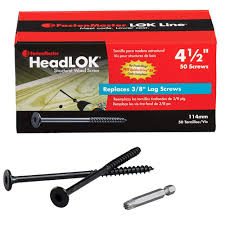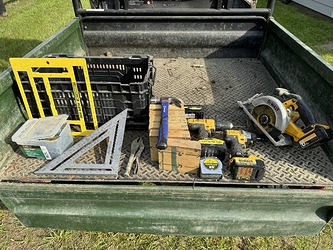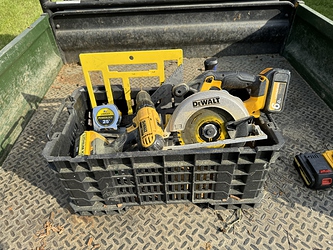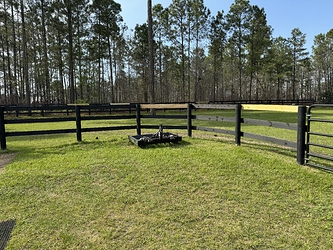What is your preferred means of fastening wooden fence boards to posts, and why? My new-to-me property has 3-board fence in need of repair. There is a variety of fasteners currently in place (or not, as many have gone missing), ranging from nails to screws to bolts complete with washers. I prefer screws but wonder about the following.
-
For 2x boards, would some type of deck screws be best? How long should they be? How far should they extend into the posts? What size (diameter?)–#8? #10?
-
For outdoor rated screws, what’s the best material? Stainless steel? I’m in an area with a lot of rain, if that makes a difference.
-
What’s your favorite type of screw head–T25 or some other size of star drive, because of less stripping?
-
Some of the fasteners have puffy mushroom heads, about 3/4" in diameter, with T25 screw heads. Does anyone know where to get these? They look very safe. I can’t post a picture just now and can’t find them online.
-
Should screws be self-drilling? Otherwise, do you drill pilot holes for new screws? The wood is very hard.
Also, the top board needs to be electrified. Would a 4" extender be long enough to keep a strand of hotwire off a 10’ long board, even in wind? Or should I use 5" or longer? Does anyone have a preferred extender to recommend? Or any other recommendations for hotwiring, such as a preferred type of wire or brand? I understand that aluminum is better?
Thanks






